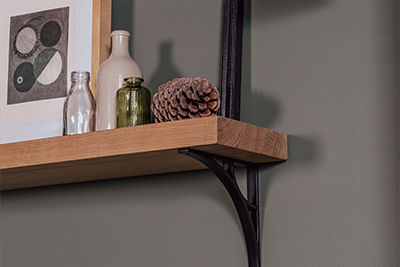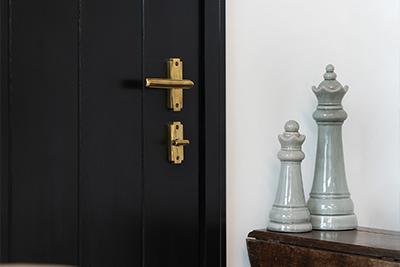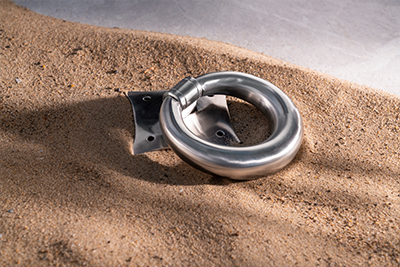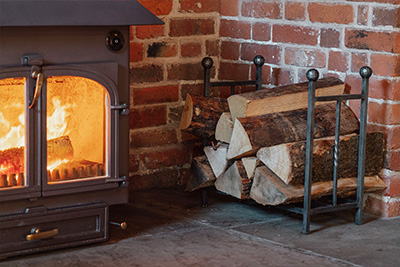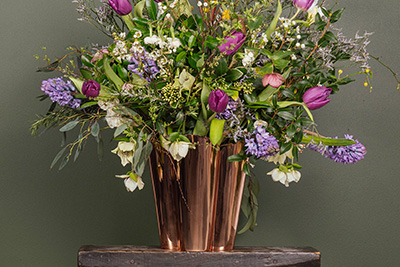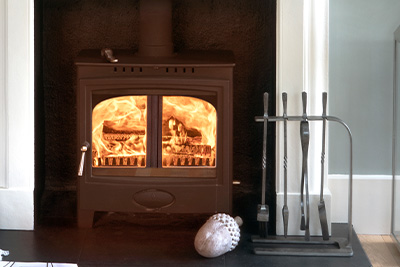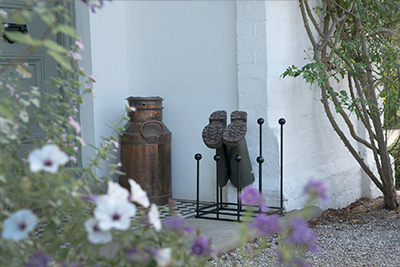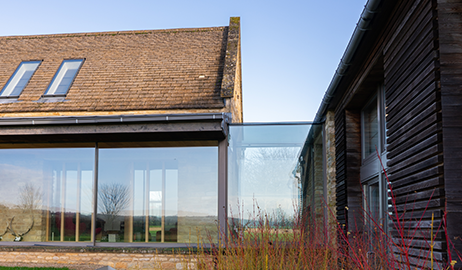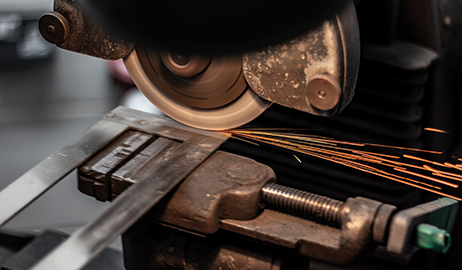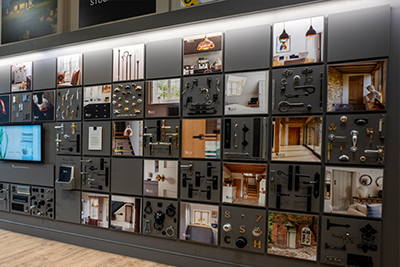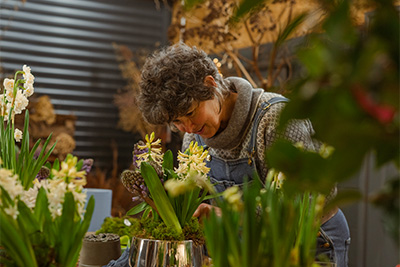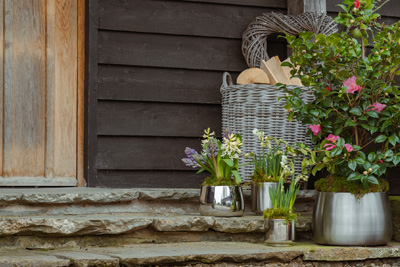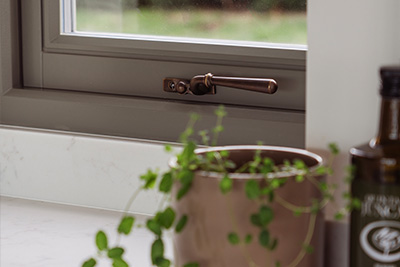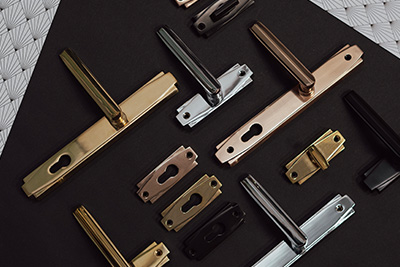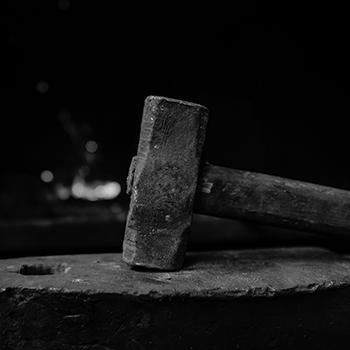The Origins of Blacksmiths
Blacksmiths and their craft play an integral part in our history. During the Medieval period the village smithy was an essential part of every town and a key figure within the community. In addition to tool making they were also called upon to be doctors, dentists and vets on occasions. The mystery surrounding the Blacksmith’s trade and their dark and fiery working conditions resulted in some villages banning the ‘black art’. For a time, smiths were considered to be evil. They worked by heating pieces of wrought iron until the metal became hot enough to shape using hand tools such as hammers and producing amour, weapons, horseshoes and agricultural equipment.
The Industrial Revolution
The advances in iron production made in eighteenth century Britain resulted in what we now know as the great Industrial Revolution. In 1856, Sir Henry Bessemer created a way to standardise the process of making steel. Mild steel was cheaper than wrought iron and easier to produce on a larger scale. This, combined with the reduction in the use of horse and carts, saw the role of the village Blacksmith decrease. The forging process now took place in larger factories and individual smiths began to focus on more specialist items.
Today, our process of forging from steel has remained almost unchanged for over one hundred and fifty years. Our Blacksmiths heat rods of mild steel in a forge to the optimum temperature for shaping. Colour is an important way of indicating the metal’s temperature and workability. As the heat of the steel rises it first glows red, orange, yellow, and finally white.
The Hand Forging Process
Heating Steel
Once at optimum temperature, the metal is drawn, bent, and shaped by hand on an anvil using tools such as hammers and chisels. Forging from steel in this way gives our products great strength and durability and ensures that each item is a unique yet functional work of art.
Above: a Monkeytail Window Handle being heated for shaping in the forge.
Shaping Steel
Once cooled, the pieces are carefully filed to remove any burrs or sharp edges and then drilled, machined and cleaned. Finally, we assemble and finish the ironmongery in a variety of ways to achieve our distinctive Black, Beeswax and Pewter products.
Above: shaping a Monkeytail Window Handle on an anvil.
Finishing Steel
Above: Beeswaxing an Arrow Head T Hinge.
Learn more about the importance of Blacksmiths in our Using Ironmongery to Transform Your Space blog.
Email: info@fromtheanvil.co.uk
Instagram: @fromtheanvil



